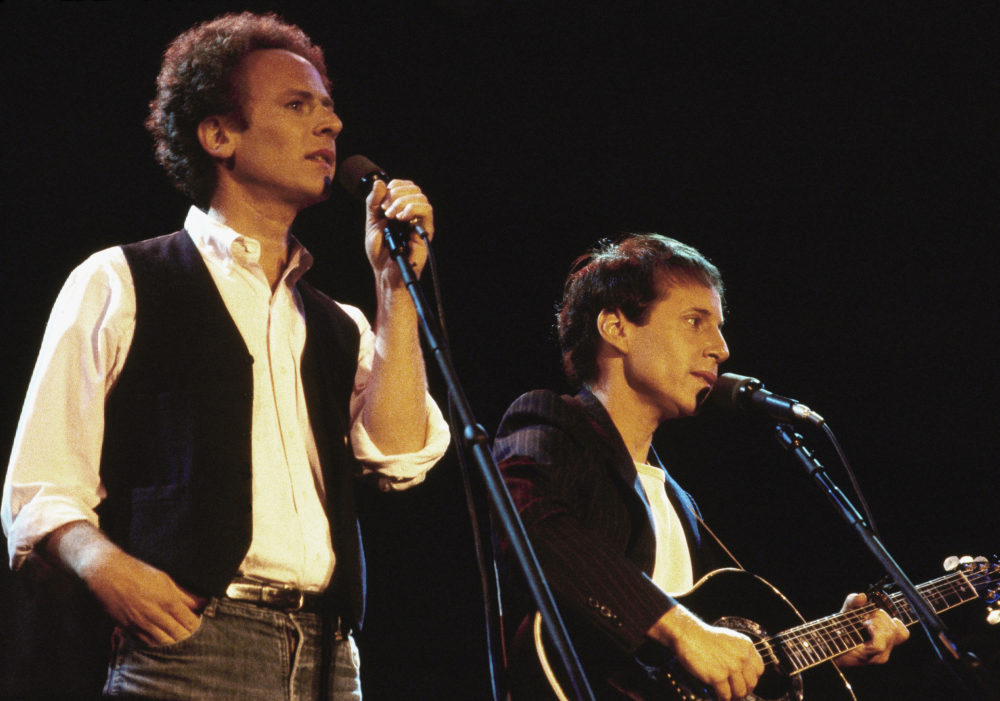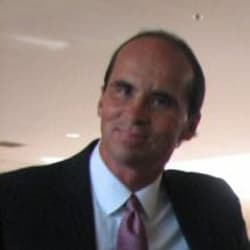Advertisement
Commentary
The Enduring Beauty — And Relevance — Of Simon & Garfunkel’s 'America'

My lasting memory from the summer of 2019 will likely be a playlist of patriotic-themed songs sent by a friend. “America,” the lilting track released in 1968 by Simon & Garfunkel, was among them.
Not being a regular listener of classic rock stations, nor a particular fan of the duo, I hadn’t heard the song in years. I’d never contemplated its lyrics. I had always liked the refrain and Simon’s use of major seventh chords throughout the piece. Those chords, with the bottom three notes forming a major structure and the top three a minor structure, help lend the song its plangent tonal quality. But it was, for me, mostly a drive-by listening experience.
This time I listened. Really listened, over and over. I found myself experiencing the same emotions I do at the Vietnam Veterans Memorial on the National Mall: A swelling, soon overwhelming mix of sadness, horror, recognition and regret.
The song tells the story of two lovers journeying across America by bus. Their union falters amid the national chaos outside the bus windows. In the end, the male character, desolate, starts “counting the cars on the New Jersey Turnpike.” They’ve all come to look for America.
Those looking in 1968 found devastation at home and abroad: North Korea’s capture of the USS Pueblo, the Tet Offensive, the King and Kennedy assassinations, cities in flames, youth in revolt, Nixon into the White House.
“Kathy, I’m lost,” the male character tells his friend. But she’s asleep, deaf to his lament for the relationship and the nation.
My friend sent the version from Simon & Garfunkel’s famous September 1981 concert in New York’s Central Park, attended by some 500,000. The lovers are now traveling through early Reagan Revolution America, with the Christian right ascendant here and Muslim theocracy abroad, with incipient ideological congealment hinting at the snarling divides around the national corner. “I’m empty and aching and I don’t know why,” the male character says.
Listening to the song in Trump-era America, I felt — at least through the prism of my sociopolitical mindset — that I knew why. The trampling of conventions, the embrace of despots, the rejection of science, the racism, the tweets, the schisms, the moral squalor, the MAGA hats, the lies. Simon’s characters seem now searching less for an American ideal than for an American toehold that might offer succor amid the Trump grotesqueries.
“America” can be seen as a bookend to another 1960s observational classic, the Beatles’ “A Day in the Life.” The characters in both peer at a world as lost as they are. But John Lennon’s masterpiece offers no hope. His detached character reads the news, sees a film, scans the crowds. Oh, boy.
In the end he surrenders and decides to just turn you on. The tone of Lennon’s voice — even the stereo positioning of it, starting on the right and slowly panning left, as if to vanish into the song’s nothingness — is all despair.
Advertisement
“I’m empty and aching and I don’t know why,” the male character says. Listening to the song in Trump-era America, I felt ... that I knew why.
Lennon’s character is looking at things; Simon’s are looking for things. Lennon’s crowds stand and stare, or turn away. Simon’s crowds are, like his characters, on the American road, seeking, searching.
But for what exactly? Is it a Gatsbyesque search, a doomed attempt to reconstruct a distant moment? Is there any American moment worthy of such unalloyed romanticism? The “great” American eras wither under scrutiny. Victories in Europe and the Pacific launched the American Century, but black soldiers left a segregated military to reenter a segregated society. Levittowns expanded white homeowner equity while black bodies still swung from Southern trees.
The Sicilian playwright Luigi Pirandello wrote:
“Life is a sad piece of buffoonery; because we have in ourselves, without being able to know why…the need to deceive ourselves constantly by creating a reality (one for each and never the same for all) which, from time to time, is discovered to be vain and illusory...”
Simon’s “America” character is empty and aching and he doesn’t know why. Perhaps he’s discovered that the American dream has been, all along, vain and illusory. But Simon’s lovers forever search, if not for an idyllic American reality then for an unceasing American hope, one that will shepherd them through the tragedies unfolding, then and now, outside their bus windows.

